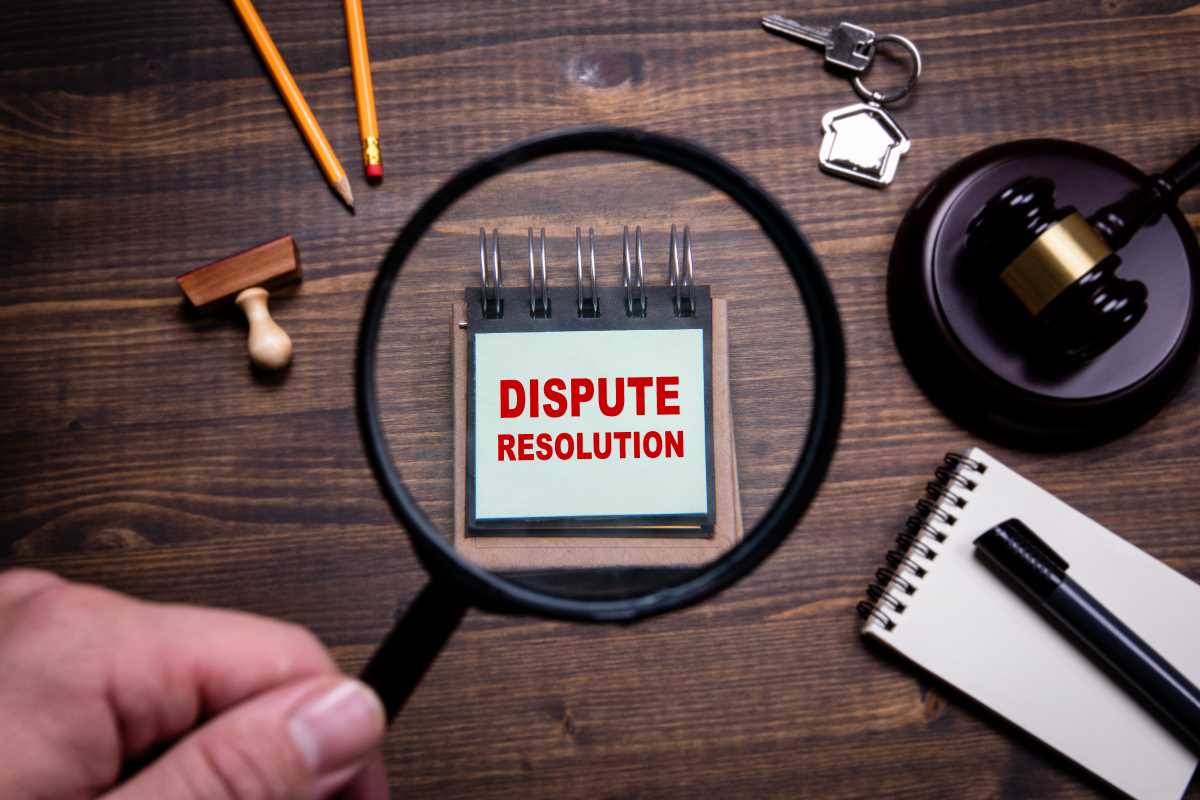Creative professionals dedicate much of their energy to honing their artistic skills, whether they're designing, writing, or producing artwork. Yet, a solid grasp of the legal landscape is just as vital for transforming their passion into a lasting career. When you understand the intricacies of the law, you can safeguard your creations, effectively manage collaborations, and maintain solid business practices. Mastering these legal fundamentals allows you to concentrate more on your creative endeavors without falling into common legal traps. By balancing creativity with legal savvy, you pave the way for long-term success in your artistic pursuits.
Understanding Intellectual Property
Intellectual Property (IP) serves as a cornerstone for creative professionals. It defines how your work receives protection and how others can use it. Here are the key concepts and rights associated with intellectual property:
- Copyright: Protects original works of authorship, such as literature, music, and art, giving you exclusive rights to reproduce and distribute your work.
- Trademarks: Safeguard symbols, names, and slogans used to identify and distinguish your goods or services from others.
- Patents: Protect inventions and functional designs, allowing you to prevent others from making, using, or selling your invention without permission.
- Trade Secrets: Cover confidential business information that provides a competitive edge, such as formulas, practices, or processes.
- Licensing: Grants permission to others to use your IP under defined conditions, which can generate income while you maintain ownership.
Understanding these IP rights ensures that your creations receive legal protection and that you can control how others use and monetize them.
Contracts and Agreements
Contracts form the foundation of many professional relationships in the creative industry. They outline the terms and expectations between parties, helping to prevent disputes and misunderstandings. Here are the essential elements of a standard contract:
- Parties Involved: Clearly identify all parties entering the agreement, including full legal names and contact information.
- Scope of Work: Define what each party is expected to do, detailing the specific services, deliverables, and deadlines.
- Compensation: Outline the payment terms, including amounts, schedules, and any additional expenses covered.
- Intellectual Property Rights: Specify who owns the creative work and how each party can use or modify it.
- Confidentiality Clauses: Protect sensitive information shared during the collaboration from being disclosed publicly.
- Termination Conditions: Describe the circumstances under which the contract can end and the process for doing so.
- Dispute Resolution: Establish methods for resolving disagreements, such as mediation or arbitration, to avoid litigation.
Having well-crafted contracts ensures that all parties understand their roles and provides a legal framework to address any issues that arise.
Protecting Your Work
Safeguarding your creative work is vital to maintaining its value and your reputation. Here are some common practices and pitfalls to be aware of:
- Register Your IP: Officially register your copyrights, trademarks, and patents to strengthen your legal protections.
- Use Non-Disclosure Agreements (NDAs): When sharing ideas or projects with others, use NDAs to keep your information confidential.
- Monitor for Infringement: Regularly check for unauthorized use of your work and take action if necessary to enforce your rights.
- Keep Detailed Records: Document the creation process, including drafts, dates, and any communications related to your work.
- Avoid Public Disclosure: Be cautious about sharing too much of your work publicly before securing appropriate protections.
- Educate Yourself: Stay informed about the latest developments in IP law to ensure your protections remain effective.
By proactively protecting your work, you can prevent others from misusing your creations and ensure that you benefit from your hard work.
Legal Compliance in the Digital Age
The digital landscape presents unique challenges and opportunities for creative professionals. Staying compliant with laws and regulations in this environment is essential. Consider the following aspects:
Digital platforms offer vast opportunities for showcasing and monetizing your work, but they also come with specific legal responsibilities. For instance, online copyright infringements are easier to commit and harder to control. Implementing digital rights management (DRM) tools can help protect your content from unauthorized distribution. Understanding data privacy laws, such as the General Data Protection Regulation (GDPR), is crucial if you collect personal information from your audience. Ensuring your website and online services comply with these regulations builds trust and avoids legal complications.
Emerging technologies like artificial intelligence and virtual reality change the creative process. They also introduce new legal questions, such as who owns the rights to AI-generated art or the legal implications of virtual collaborations across different jurisdictions. Staying informed about these emerging legal challenges allows you to adapt your practices and protect your interests effectively.
Collaborations and Partnerships
Working with others can expand your creative horizons and business opportunities. It’s important to address certain legal considerations to ensure successful and harmonious partnerships:
- Clear Roles and Responsibilities: Define each partner’s duties to avoid overlap and confusion.
- Intellectual Property Ownership: Decide who owns the rights to jointly created work and how it can be used in the future.
- Profit Sharing: Establish how profits and expenses will divide among partners.
- Decision-Making Processes: Outline how decisions will be made, especially in situations of disagreement.
- Exit Strategies: Plan for how partners can exit the collaboration and handle the division of assets or ongoing projects.
- Confidentiality Agreements: Protect sensitive information shared between partners during the collaboration.
- Dispute Resolution Mechanisms: Set up methods for resolving any disputes that may arise without resorting to legal action.
Addressing these legal aspects upfront builds trust and ensures that all parties align in their goals and expectations, leading to more productive and lasting partnerships.
Additional Legal Considerations
Beyond the core areas, other legal aspects demand attention from creative professionals to maintain a well-rounded and secure practice.
First, understanding tax obligations is crucial. Depending on your location and the nature of your work, you may need to handle sales tax, income tax, and other applicable taxes. Keeping meticulous financial records and consulting with a tax professional helps you stay compliant and optimize your deductions. Employment laws come into play if you hire assistants or collaborate with freelancers. Proper classification of workers and adherence to labor laws prevents potential legal issues. Being aware of advertising and marketing laws, especially regarding endorsements and sponsorships, helps you promote your work ethically and legally.
Insurance is another important consideration. Creative professionals should explore appropriate insurance policies, such as general liability, professional liability, and property insurance, to protect against unforeseen events that could impact their business. Staying updated with local regulations and industry-specific laws ensures that your practices remain compliant as your business evolves and expands into new areas.
Implementing Legal Best Practices
Adopting best practices in handling legal matters can streamline your operations and reduce the likelihood of encountering legal problems. These practices serve as proactive measures to protect your work and business.
Begin by developing a routine for reviewing and updating your legal documents. Regularly revisiting contracts, agreements, and IP registrations ensures they remain current and reflective of your evolving business needs. Implementing standard operating procedures for tasks such as content creation, client interactions, and financial management helps maintain consistency and compliance. Educating yourself and your team about basic legal principles fosters a culture of awareness and responsibility within your organization.
Another best practice involves maintaining open and transparent communication with stakeholders. Clearly articulating your terms and expectations in all business dealings minimizes misunderstandings and builds trust. Keeping thorough records of all transactions, communications, and project details provides a solid foundation for resolving any disputes that may arise. Proactively seeking legal counsel when expanding your business or entering new markets ensures that you are prepared to handle new challenges effectively. By integrating these best practices into your daily operations, you can create a legally sound and resilient business structure.
Legal knowledge empowers creative professionals to confidently navigate industry complexities, laying a foundation for a sustainable career.
 (Image via
(Image via





